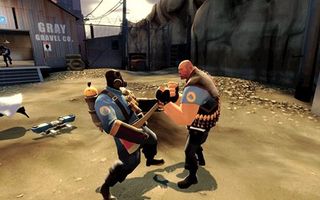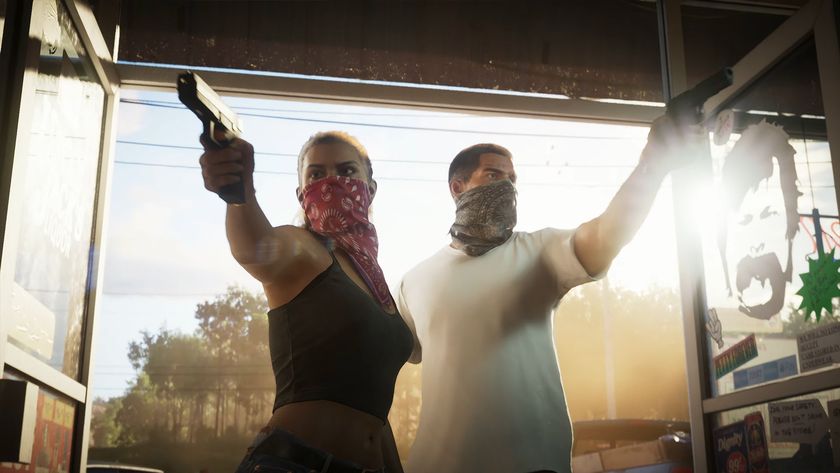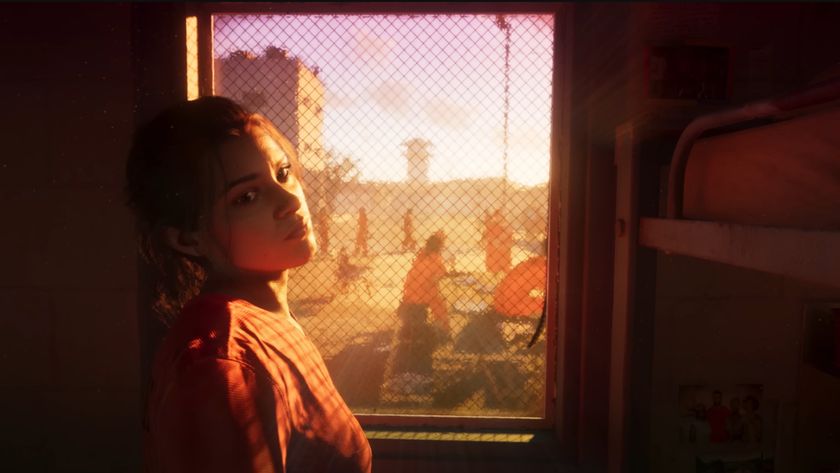Opening The Orange Box: Team Fortress 2
Part 2: Behind the scenes of Valve's masterpiece
With this almost inexhaustible supply of information pertaining to how good we are at the game, the classes we enjoy playing and the people we enjoy playing with, why haven’t we seen the world’s most astounding matchmaking system yet?
“We’re working on matchmaking right now for Left 4 Dead,” claims Walker, “and the plan is to roll that back into Team Fortress 2 and all our other multiplayer products. We’ve no firm plans in terms of being able to say what exact feature-set you’ll get, but there’s absolutely some matchmaking systems going in. In terms of more generalised matchmaking, not so much on the individual level, but on team and clan levels, that’s something we’d really like to get into Steam at a basic level, so that it supports any product.”

And as with any product, you can’t just send a game out into the world and expect it to work either, you’ve got to pitch it into a minefield of trials, to face legions of testers not only hunting for bugs and ensuring the game’s nine classes all balance correctly, but also making sure that the game is accessible to newbies and veterans alike.
“We’re very interested in the understandability of everything,” explains Walker. “We do a lot of testing with people who’ve never seen the product before, people who have shooter experience but not Team Fortress experience, and others who may be daunted by online shooters. The goal is to find people who are least likely to understand the signals that the game’s giving them, but may still want to buy the product if we do our job well. It’s not a lot of use bringing in really advanced FPS players who can understand a game at first glance no matter how bad a job we do explaining ourselves. “Over time we can start dropping in any player and they can understand what’s going on, and we start transitioning more into testing with the more experienced playtesters, worrying more about balancing and finding exploits.
“One of the things we really cared about with the experienced players was that their instincts about how a class should be played were somewhere in the ball park of how the class actually works. We didn’t want people coming in and saying, ‘well this class is clearly intended to do this, so therefore I’ll play like this,’ and then fail because we thought it should be played differently."
Valve even go so far as to rent shelf space at a local games shop to see how their box art looks compared to the competition. And every playtester’s PC is hooked up to a webcam, beaming the player’s face right into Gabe Newell’s office, where he probably sits nodding and taking notes on a clipboard.
“Sometimes playtesters aren’t able to describe their emotion or their responses to things,” explains Walker. “So instead we can see it when we look at their faces. We’re a lot more interested in what the player does and how they react rather than what they tell us at the end of the playtest, because by that stage they’ve filtered it through their own thought processes.”
Sign up to the 12DOVE Newsletter
Weekly digests, tales from the communities you love, and more
Steve Hogarty is a London-based freelance journalist covering games and technology. His bylines have appeared in publications including GamesRadar, The Independent, Yahoo, VICE, Eurogamer, and more. He is also the co-host of the pocast, Regular Features.
Most Popular






